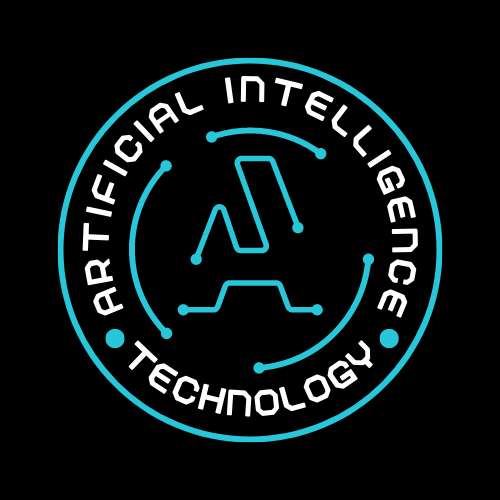Augmented Reality (AR) is a rapidly evolving technology that is transforming the user experience across a range of industries, including entertainment, retail, healthcare, and education. AR overlays digital information onto the physical world, enhancing the user's perception of reality. In this blog, we will explore how AR is redefining user experience and its potential applications.
What is Augmented Reality?
Augmented Reality is a technology that overlays digital information, such as images, text, and sound, onto the physical world. AR uses sensors, cameras, and software to detect the user's environment and add digital information to it. AR enhances the user's perception of reality by adding layers of information that are not visible to the naked eye.
Smart glasses, smartphones, tablets, and head-mounted displays are just a few of the gadgets that allow users to enjoy augmented reality. Virtual Reality (VR), which generates a wholly simulated environment, is distinct from augmented reality (AR).
AR, on the other hand, adds digital information to the real world, creating a hybrid environment.
Applications of Augmented Reality..
Entertainment:
AR is transforming the entertainment industry by creating immersive experiences for users. AR is being used in games, movies, and theme parks to create interactive and engaging experiences. For example, the popular game Pokémon Go uses AR to place virtual characters in the real world, allowing users to catch them using their smartphone.
Retail:
AR is being used in retail to enhance the customer experience. AR can be used to create virtual try-on experiences, allowing users to see how clothing or makeup will look on them before making a purchase. AR can also be used to create interactive product displays, allowing users to learn more about a product in a fun and engaging way.
Healthcare:
To better the results of patient care, AR is being employed in healthcare. AR can be used to create virtual training simulations for medical professionals, allowing them to practice procedures in a safe and controlled environment. AR can also be used to enhance patient education, allowing them to better understand their condition and treatment options.
Education:
To develop immersive learning experiences, augmented reality is being used in education. AR can be used to create virtual field trips, allowing students to explore historical sites and landmarks from the comfort of their classroom. AR can also be used to create interactive textbooks, allowing students to engage with content in a more dynamic and engaging way.
Manufacturing:
AR is being used in manufacturing to improve efficiency and accuracy. AR can be used to provide workers with real-time information and instructions, allowing them to complete tasks more efficiently. AR can also be used to create virtual prototypes, allowing designers to test and refine their designs before they are physically built.
Redefining User Experience..
AR is redefining user experience by creating more engaging, immersive, and interactive experiences. AR is allowing users to interact with digital content in a more natural and intuitive way, enhancing the user's perception of reality. AR is also allowing users to explore and learn about the world in a more dynamic and engaging way, creating new opportunities for education and entertainment.
AR is also creating new opportunities for businesses to connect with customers. AR is allowing businesses to create more personalized and engaging experiences for customers, enhancing the customer's perception of the brand. AR is also allowing businesses to create more efficient and accurate processes, improving productivity and reducing errors.
Challenges of Augmented Reality..
While AR has many potential applications, there are also challenges that must be addressed. One of the main challenges is the lack of standards for AR development. There are many different AR platforms and technologies, and developers must ensure their content works across all devices and platforms.
Another challenge is privacy and security. AR relies on collecting data about the user's environment, and businesses must ensure this data is collected and used ethically and responsibly. AR also presents security risks, and businesses must ensure their AR applications are secure and cannot be used for malicious purposes. There are also concerns about the potential for addiction and overuse, as AR can be highly engaging and immersive. Businesses and developers must consider these challenges when creating AR applications and ensure they are addressing them appropriately.
Conclusion
Augmented Reality is a transformative technology that is redefining user experience across a range of industries. AR is enhancing the user's perception of reality, creating more engaging and immersive experiences, and creating new opportunities for businesses to connect with customers. While there are challenges to be addressed, the potential applications of AR are vast, and businesses and developers are exploring new ways to leverage this technology to improve their operations and deliver value to their customers.



0 Comments